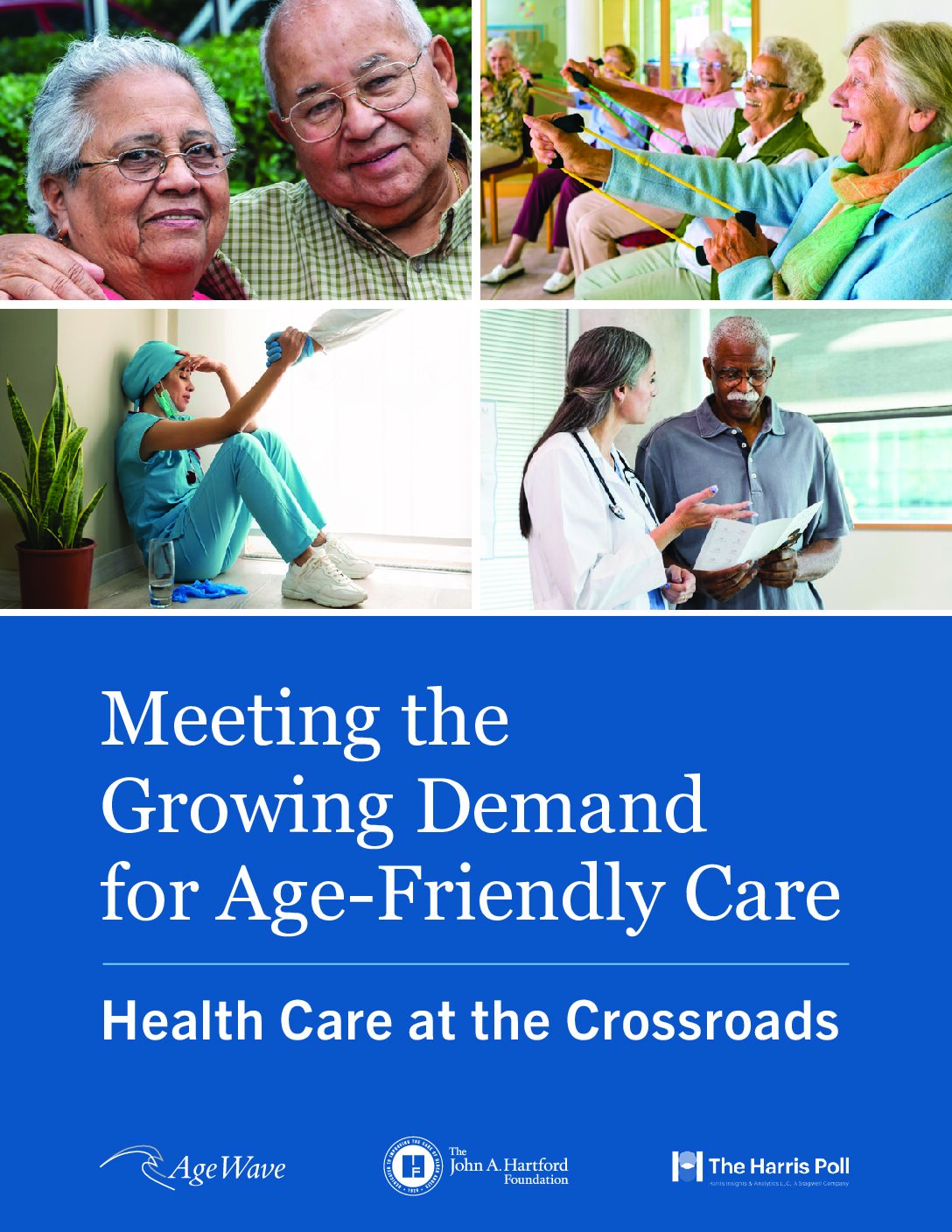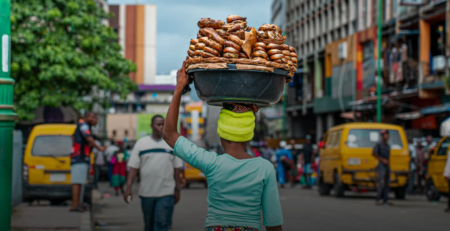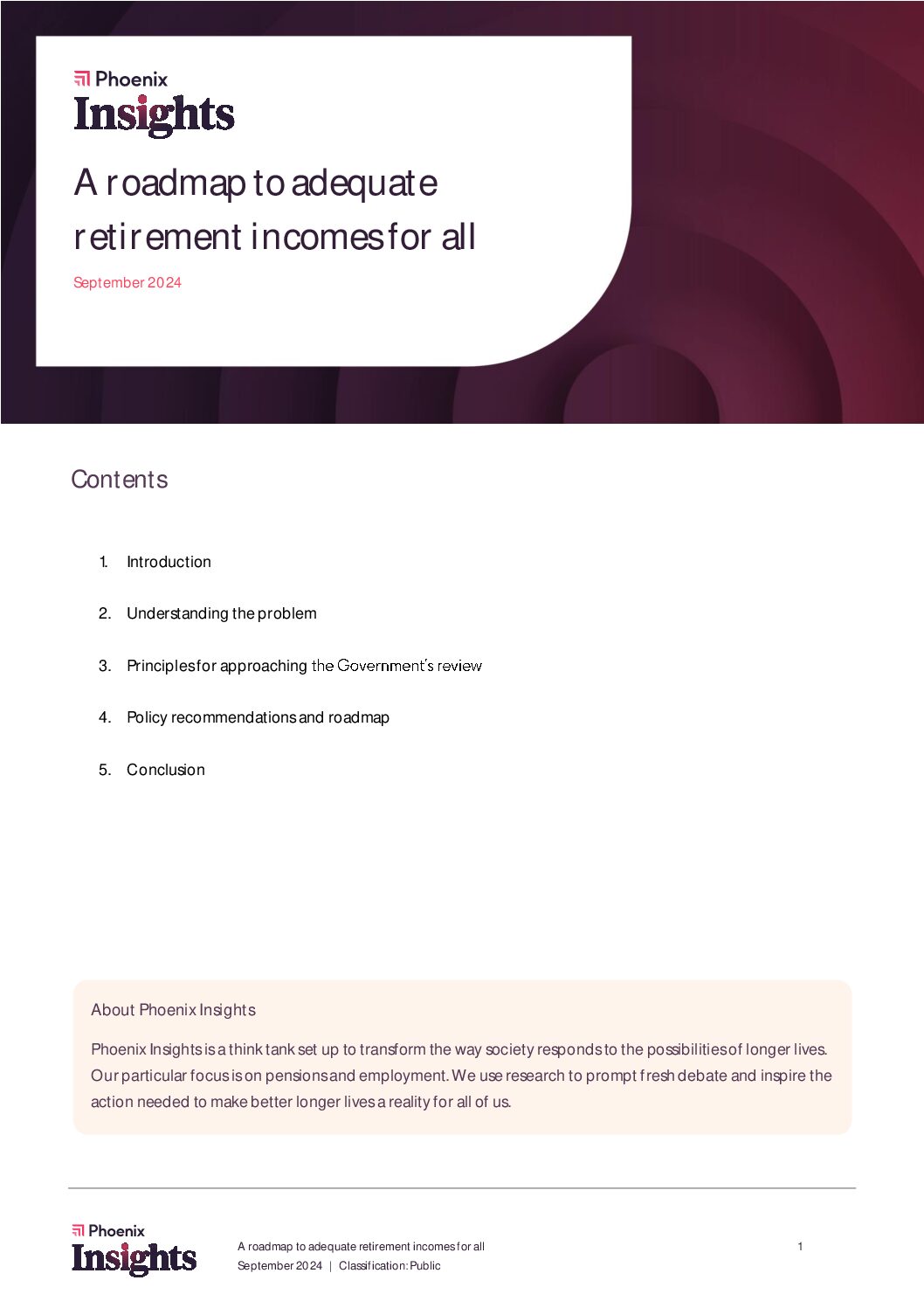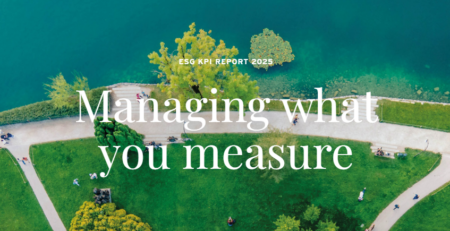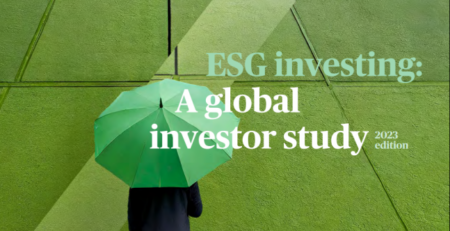State of Social Protection Report 2025: The 2-Billion-Person Challenge
By The World Bank
Today, more people have access to social protection now than at any point in history. Over the last decade, 4.7 billion people across low- and middle-income countries gained access to social protection. However, critical gaps remain. Two billion people in those countries remain uncovered or inadequately covered by social protection.
The State of Social Protection Report 2025: The 2-Billion-Person Challenge documents advances and challenges to strengthening social protection and labor systems across low- and middle-income countries and discusses avenues to gradually close the coverage and adequacy gap for the world’s poorest.
What is social protection?
Social protection is the set of public measures that protect individuals and families against economic and social distress, with the aim of ensuring a minimum level of wellbeing for all. The three pillars of social protection—social assistance, social insurance, and labor market programs—support households and workers in handling crises, escaping poverty, facing transitions, and seizing employment opportunities. Well-designed social protection programs have a high return on investment, support long-term human capital and economic growth, and help people become more self-reliant. For every dollar transferred to poor families, there is an estimated multiplier effect of $2.50 in the local economy.
Examples of social protection programs include: safety nets and cash transfers, pensions, skills development.
Social protection programs have expanded to 4.7 billion people
Social protection and labor programs support more people than ever. Over the past decade, low- and middle-income countries have expanded social protection to cover a record number of 4.7 billion people, a historic high. Coverage has increased by 10 percentage points – from 41% to 51% of the population between 2010 and 2022, with significant gains among the poor in low income countries.
During the COVID-19 pandemic, emergency social protection responses reached 1.7 billion people in developing countries, demonstrating the importance of shock-responsive systems. Countries with robust delivery infrastructure prior to the pandemic responded more effectively, emphasizing the need for proactive investment.
Coverage gaps remain substantial across the world
Today, 2 billion people in low- and middle-income countries remain uncovered or inadequately covered by social protection, including over 1 billion people in Africa and South Asia alone.
Three out of four people in low-income countries receive no form of social protection, and even in lower-middle-income countries, more than half of the population remains uncovered.
Get the report at The World Bank



